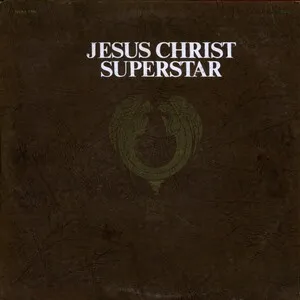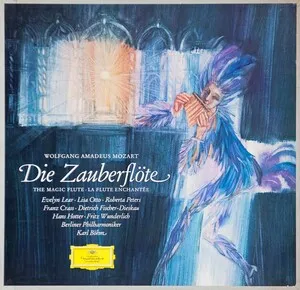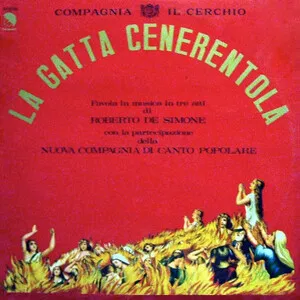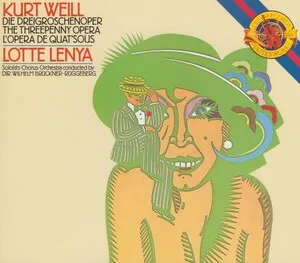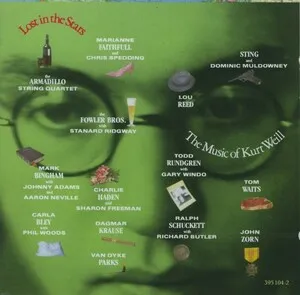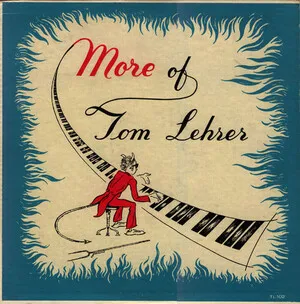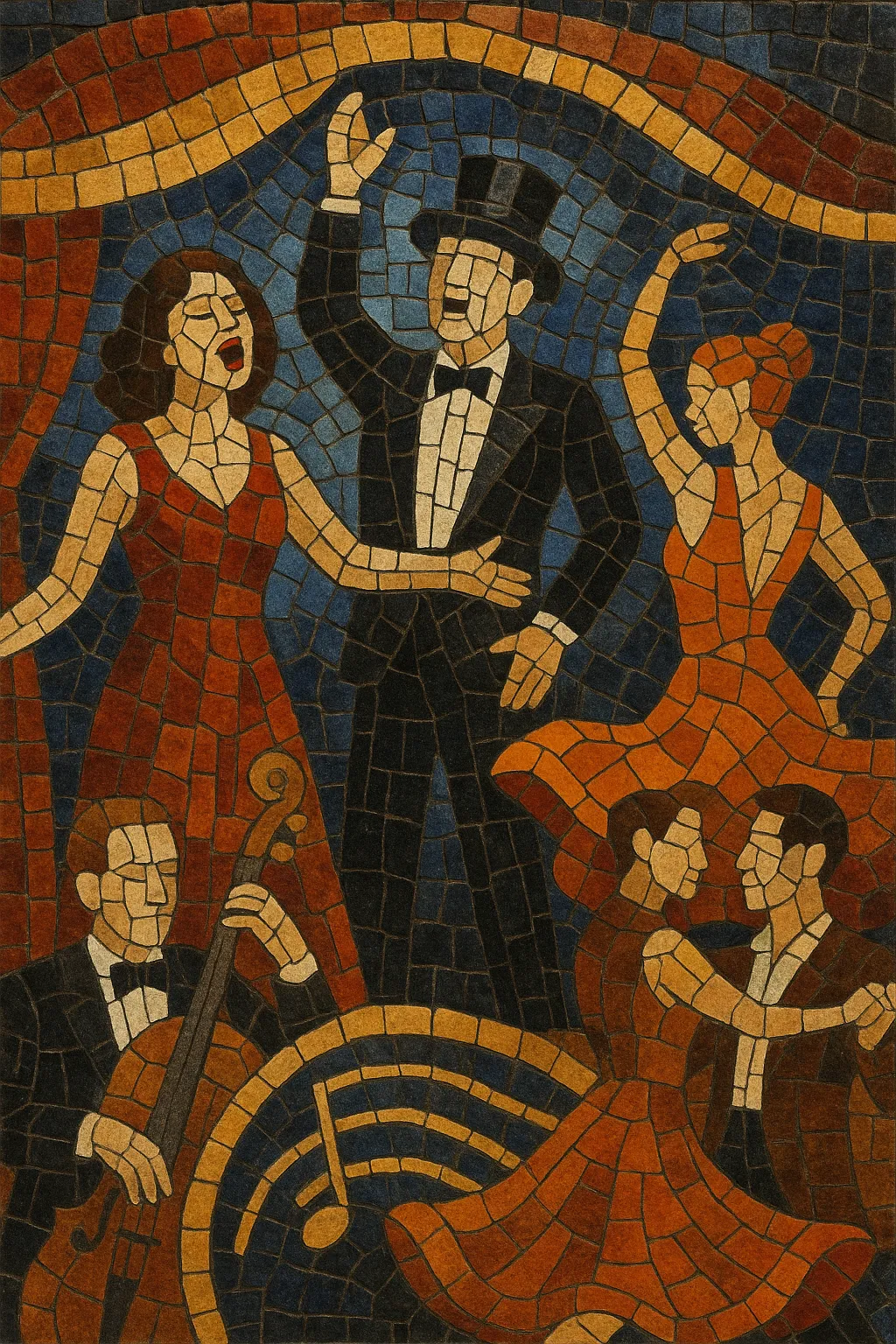
Musical theatre and entertainment is a stage-centered genre that fuses songs, spoken dialogue, acting, and dance to tell stories designed for live audiences. It balances dramatic narrative with instantly memorable "show tunes," choreography, and visually engaging staging.
Emerging from 19th‑century popular entertainment and light opera traditions, it crystallized into the modern, story‑integrated musical on Broadway and in the West End. Its music spans many idioms—from operetta sweetness and Tin Pan Alley craftsmanship to jazz swing, pop hooks, and contemporary styles—while remaining grounded in character, plot, and spectacle.
The genre’s songs are crafted to advance narrative and reveal character, often using recurring motifs, reprises, and key changes to heighten emotion. Performances are supported by pit orchestras, stylized choreography, and theatrical design, making the experience as much about storytelling and movement as it is about music.
The modern lineage is often traced to The Black Crook (1866, New York), which combined melodrama, dance, and original songs into a commercially successful format. In the same era, London’s music hall and operetta traditions (Gilbert & Sullivan) and American vaudeville/revue shaped audience expectations for witty songs, variety, and spectacle. Tin Pan Alley publishers professionalized songcraft, feeding theatres with hit material.
Creators like Jerome Kern and Oscar Hammerstein II advanced the “integrated” musical, where songs served character and plot rather than functioning as detachable numbers. Show Boat (1927) was pivotal, addressing serious themes within a musically diverse score. Jazz and ragtime idioms infused rhythmic vitality, and revues coexisted with book musicals. The talking-picture era then translated stage sensibilities into film musical entertainment.
Rodgers & Hammerstein set the standard for narrative cohesion, thematic depth, and musical sophistication (Oklahoma!, Carousel, The Sound of Music). Lerner & Loewe, Cole Porter, Irving Berlin, and Leonard Bernstein broadened the palette—from urbane wit to symphonic drama. Cast albums spread songs beyond the theatre, embedding show tunes in popular consciousness.
Stephen Sondheim foregrounded psychological nuance and formal experimentation (Company, Sweeney Todd). The British “megamusical” era (Andrew Lloyd Webber) emphasized sung‑through scores, grand staging, and global marketing (Evita, Cats, The Phantom of the Opera), transforming musicals into international spectacles.
New works draw on rock, hip‑hop, R&B, and global pop (Wicked, Hamilton). Jukebox and bio-musicals leverage familiar catalogs, while film/streaming broaden reach. The genre remains a living entertainment form, continually updating its sound world and storytelling techniques for contemporary audiences.

